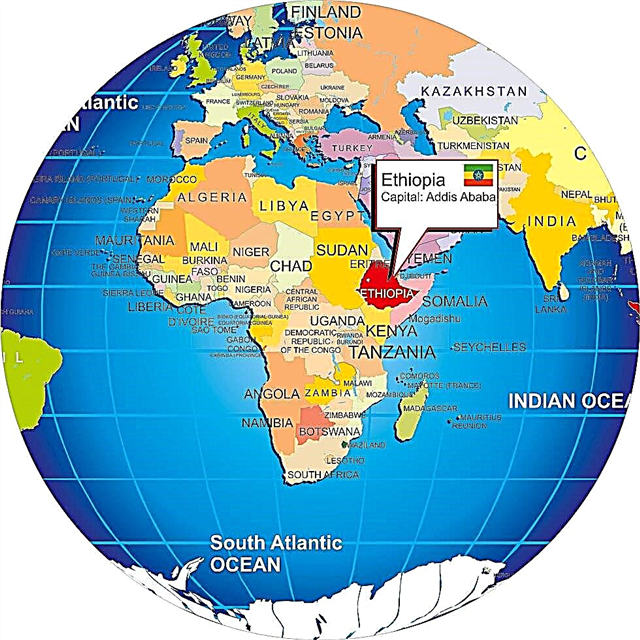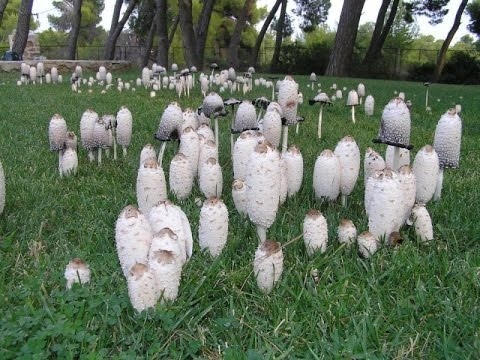Spiders rarely evoke tender feelings and arouse positive emotions in anyone. Of course, there are people who even keep spiders as pets, but they are in a clear minority.
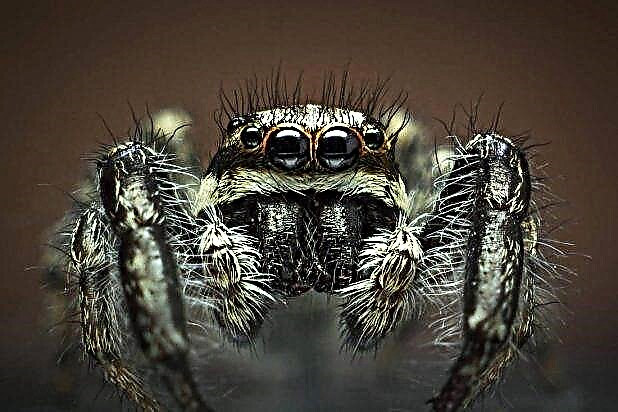
The reasons for human dislike of spiders, most likely, lie in their unpleasant appearance and habits. At least, there are no objective prerequisites for dislike and even fear. Spiders and humans live close by, but practically in different worlds. Spiders do not tolerate infectious diseases. Rather, on the contrary, they destroy flies, mosquitoes and other harmful flying trifles. To be bitten by a spider, you need to try very hard yourself. Spiders only annoy the housewives, who are forced to sweep the cobwebs from time to time.
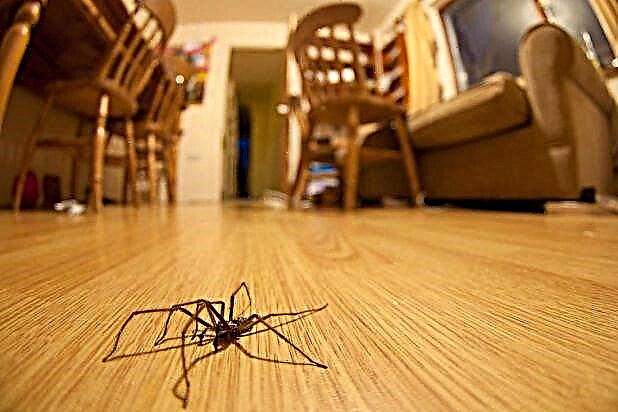
There are many signs associated with spiders, like with the rest of human close neighbors. The absolute majority of them are good omens. Spiders foreshadow the purchase of a new thing, a pleasant meeting, replenishment of the budget, etc. Trouble awaits only the one who meets the spider on the threshold of his own house, and the one over whose bed the web will be found. But these are signs, and it's time to move on to the facts.
1. Spiders, surprisingly, for a long time were not the most diverse order in the number of species in the class of arachnids - they were outstripped by ticks, of which there are more than 54,000 species. However, already in the XXI century, ticks were divided into several orders, each of which is inferior in the number of species to spiders. Now spiders, with over 42,000 species, are naturally leading the class they named.
2. The largest spider species is Terafosa Blond. The body of these giants can be up to 10 cm long, and the leg span reaches 28 cm. These spiders, living in South America, feed on birds, and live in deep underground burrows.
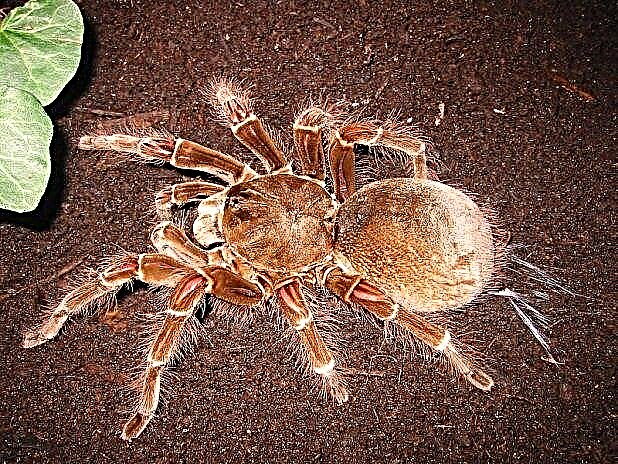
Terafosa Blond
3. All spiders have not only 8 legs, but also 8 eyes. The two “main” eyes are in the middle of the cephalothorax. The rest of the eyes are placed around them. Unlike insects, the spider's eye has not a faceted, but a simple structure - the light is focused on the lens. The visual acuity of different types of spiders is different. There are species with almost atrophied eyes, and there are spiders whose visual acuity approaches that of a human. Experiments have shown that some spiders can distinguish colors.
4. Spiders have no ears. The role of the hearing organs is played by the hairs on the legs, which capture the vibrations of the air. Anyone who has ever observed spiders knows that the sensitivity of these hairs is very high - spiders are sensitive to any sound.
5. The main sense for spiders is touch. All over the insect's body there are special hairs and slits, with the help of which the spider conducts continuous passive scanning of the surrounding space. In addition, with the help of hairs, the spider determines the taste of prey - it has no taste buds in its mouth.
6. Almost all spiders are predators. The role of the freak, without which, as you know, no family can do without, is played by the vegetarian species Bagheera Kipling, who lives in Central America. These spiders live only on acacias of one species, peacefully coexisting with congeners - hundreds of representatives of the species Bagheera Kipling can live on one tree. Ants often live next to them, but Bagheeras prefer to feed on the tips of leaves and nectar. In honor of the heroes of Kipling, three more species of spiders are named: Akela, Nagaina and Messua.

Bagheera Kiplinga
7. At the ends of the spider's legs there are microscopic claws, and their number varies depending on the lifestyle. If a spider weaves a web, it has three claws, but if it hunts in a different way, then there are only two claws.
8. In the process of growth, spiders molt, shedding a strong shell of the cephalothorax. The molt process can be repeated several times.
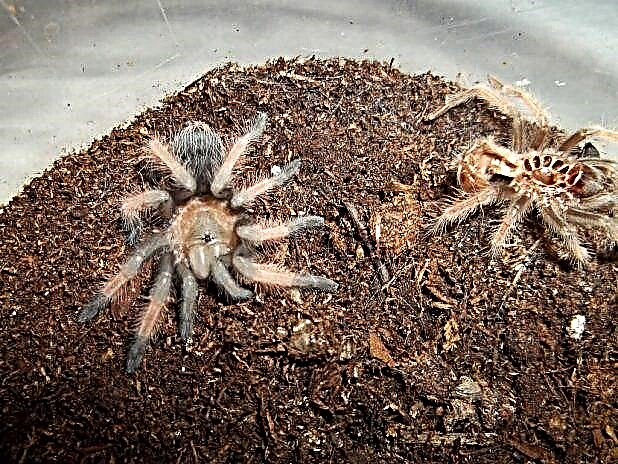
Molting
9. Cobweb is a protein that is almost identical in composition to silk. It is secreted by special glands located at the back of the spider's body. The initially semi-liquid substance quickly solidifies in air. The resulting thread is too thin, so the spiders weave several threads together. The web serves spiders not only as a trapping net. Cobwebs entangle the egg cocoon and sperm during reproduction. Some spiders hide in a pre-formed cocoon from their own web for the period of molting. Tarantulas, secreting cobwebs, glide through the water. Water spiders create sealed cocoons from their cobwebs for breathing underwater. There are spiders throwing cobwebs at prey.
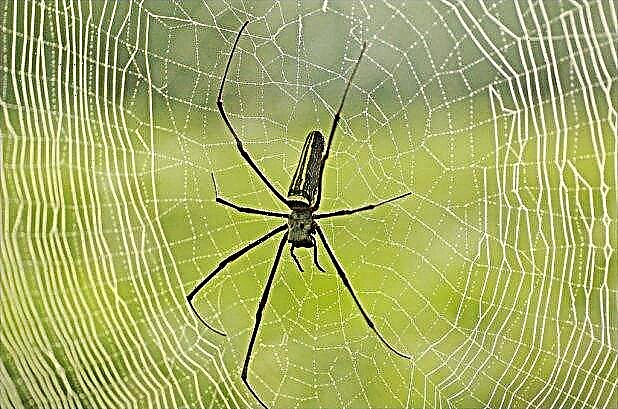
10. The web of some spiders is much stronger than silk. And in the Ordinary Cross, the tensile strength of the web exceeds that of steel. The internal structure of the web is such that it can rotate in any direction without creating opposition or twisting. Recycling is widespread - a spider eats an old web and produces a new one.
11. A web trap is not always web-shaped. An excavating spider constructs a tube out of a web, most of which is underground. Lurking below the surface of the earth, he waits for an unwary insect to come too close. This is followed by a lightning throw that breaks through the web. The digger drags the victim inside the tube, and then first patches the trap, and only then is taken for food.
12. Having caught the prey, the spider pierces it with its jaw claw, simultaneously injecting poison. The paralyzing substance is produced by special glands located at the base of the jaw claw. Some spiders contain food enzymes in their venom that begin to digest food.

Jaw claws are clearly visible
13. Cannibalism is common in spiders. It is common for females to eat males after mating. Sometimes the female can devour a potential mate instead of mating. The most famous cannibalism in the species Black Widow, which is widespread in both Americas. True, observations in laboratories have shown that males can learn to deceive the nature of their partners by mating with females on the verge of their sexual maturity. In this case, the female leaves the mate alive.
14. Females of all spiders are much larger than males. They have to carry many eggs, which requires a large body and a lot of energy. It can be obtained by eating a male. Therefore, the smaller the male relative to the female, the greater his chances of surviving after mating.
15. Although all spiders are poisonous, and their bite is at least unpleasant, only a few species are deadly to humans. Every Australian hospital has a vaccine for Sydney Funnel Spider venom. Individuals of this species like to climb into the coolness of houses and set up traps there. Also dangerous are the Brown Hermit Spider (southern USA and Mexico), the North American Black Widow, the Brazilian Wandering Spider and Karakurt.
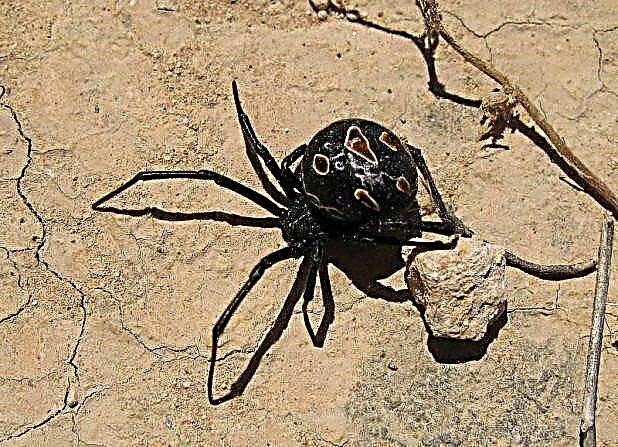
16. One of the most common phobias is arachnophobia - fear of spiders in panic. According to various polls, up to half of people are afraid of spiders, among children this percentage is even higher. Fear often arises for no reason, without a conditioning event (spider bite, etc.). Some scientists suggest that arachnophobia can be inherited by humans in the course of evolutionary development, but this theory is contradicted by the absence of arachnophobia in uncivilized tribes. Treat arachnophobia with confrontational therapy - forcing patients to contact with spiders. Recently, computer programs have even been written for these purposes.

17. A much more severe case is allergy to pheromones secreted by spiders. It is rather difficult to diagnose it, distinguishing it from arachnophobia, and the attacks are difficult, up to loss of consciousness and seizures. Fortunately, cases of such allergies are relatively rare, and simple antiallergenic drugs help with attacks.
18. It is quite possible to get high quality threads and fabric from spider webs. Already at the beginning of the 18th century, stockings and gloves woven from cobwebs were presented to the French Academy of Sciences. A century later, they tried to get (and got) fabric for aeronautics from the web. The applied use of spider web fabric is limited by the fact that it requires too many spiders, which cannot be fed in captivity. However, spider webs are used in industry - they are used in high-precision viewfinders.
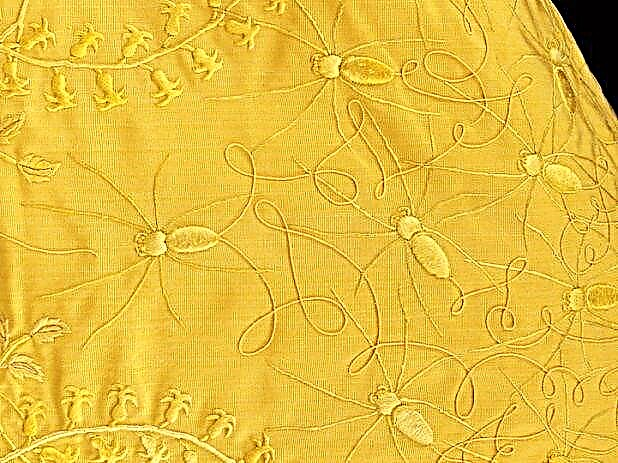
Spider web fabric continues to be exotic
19. At the end of the 19th century, spiders became a thunderstorm in Japanese power grids. The spiders liked to throw cobwebs on power lines and poles. In wet weather - and it prevails in Japan - the cobweb becomes an excellent guide. This led to numerous closures, and in places not most accessible for liquidation of the consequences. At first, utilities hired special people to clean the wires with brooms. However, this measure did not help. The problem was solved only by a serious expansion of the clearings near the power lines.

20. For more than a century, Washington utilities have been cleaning cobwebs from building lighting fixtures every two weeks. When the idea to highlight the most significant buildings and monuments of the American capital was realized, Washington began to look very beautiful. However, after a while, the beauty faded. At first, they sinned on equipment, which in the 19th century was far from perfect. However, later it turned out that the cobweb was the cause of the tarnishing. The bright lamps attracted myriads of butterflies. The spiders reached for food. There were so many insects and spiders that they significantly reduced the brightness of the light. Until now, no other solution has been found except for mechanical cleaning.




